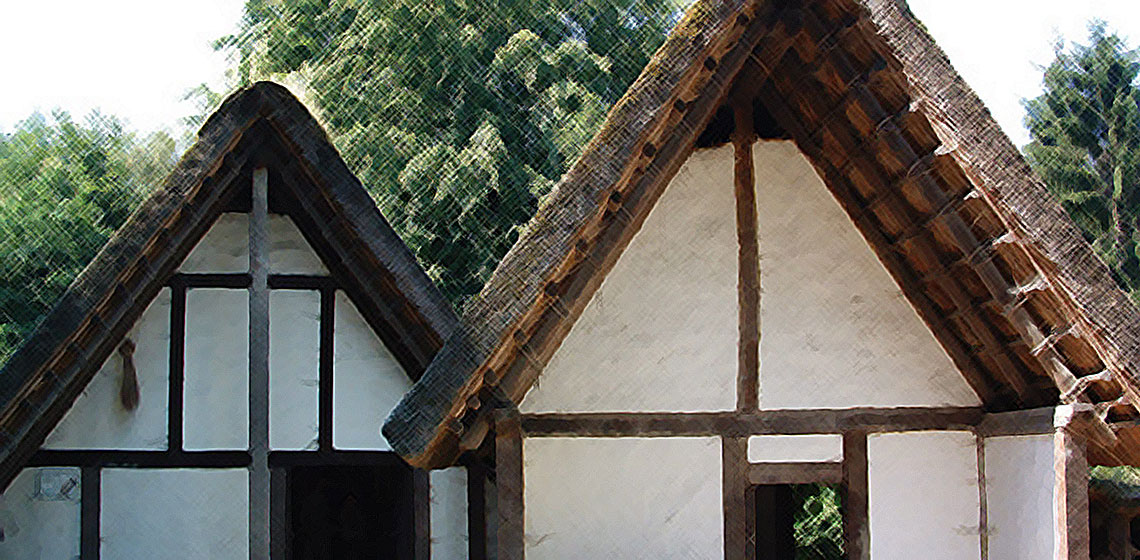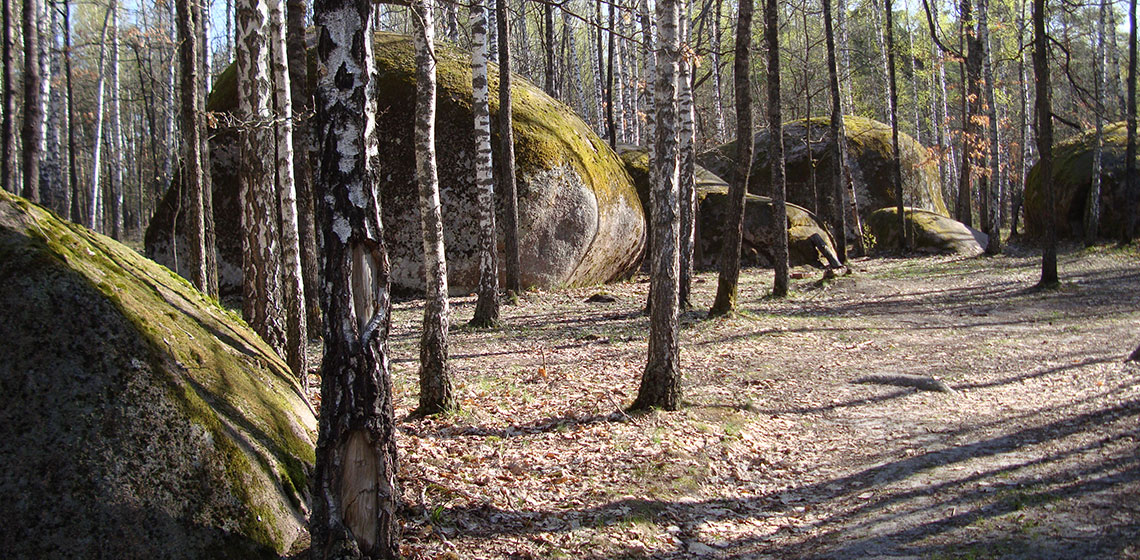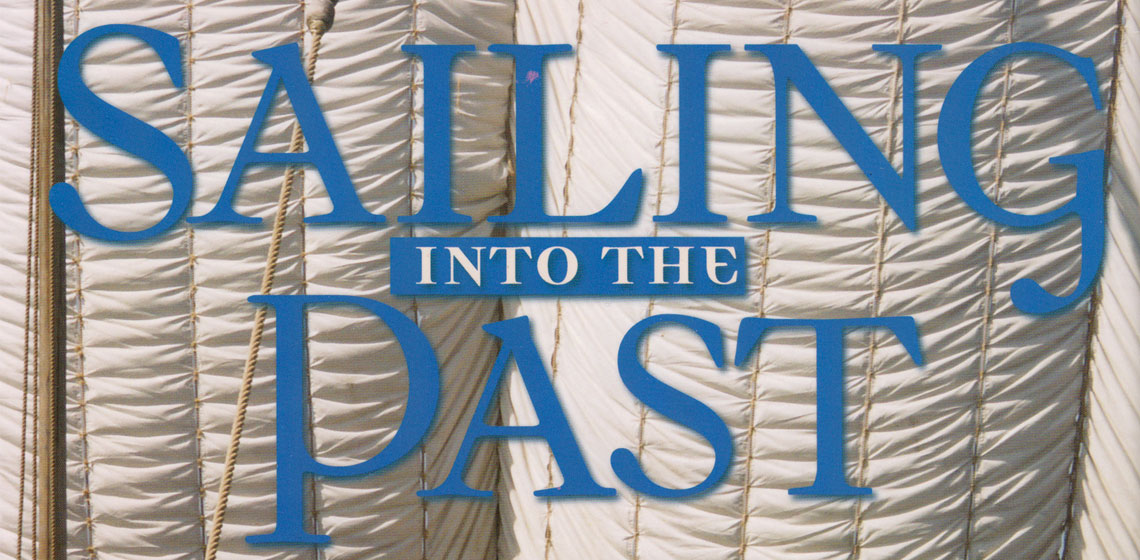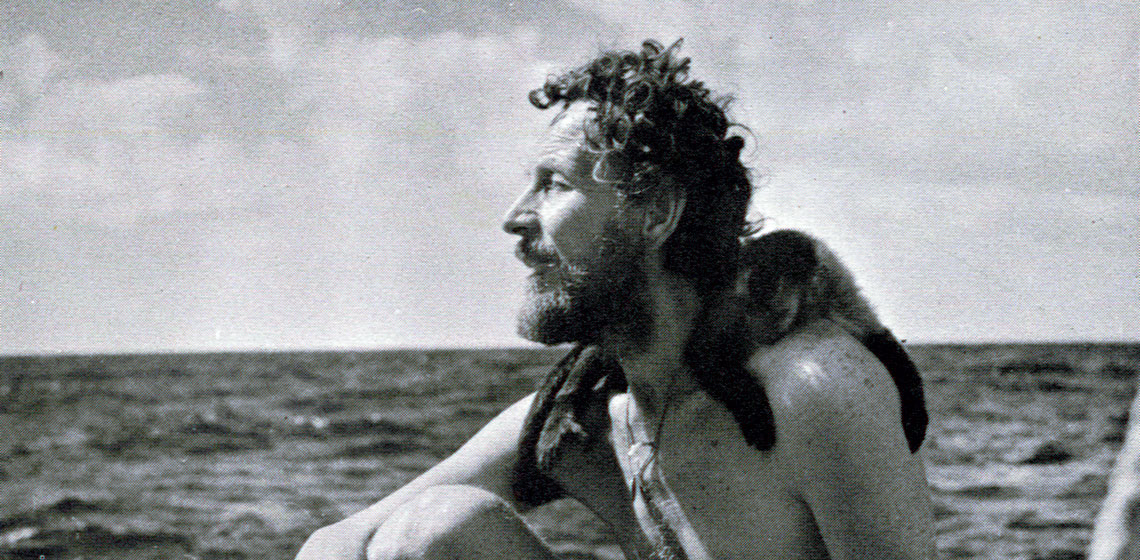Newest Era
Authenticity is Fiction? Relicts, Narration and Hermeneutics
Conference Review: Didarchtik’s Final Workshop at Butser
By mid-2012, the Learning Partnership Didarchtik had come to an end with a last workshop at Butser Ancient Farm in the UK. Many subjects we had touched on over the previous two years were back on the table...
To Be or Not to Be: Thoughts on Living History - Some Personal Remarks
Results of a Discussion on the State of Experimental Archaeology in Switzerland
Historical Techniques: Cold Gilding
***An historal technique of goldplating, described in 18th century literature, was reproduced. This cold-plating technique uses salts of gold, produced by dissolving gold in aqua regia. these salts are then rubbed onto a silver surfaces...
A Field Trip to the Ukraine, April 2010
Book Review: The Archaeology of Time Travel by Anders Ödman (ed)
At the European Association of Archaeologists' meeting in Malta, September 2008, a session was held on the topic of Archaeology as Time Travel, dedicated to exploring the popular phenomenon of time travel to past times, including a variety of aspects related to materiality/virtuality, the market of time travel experiences, design issues and how time travel should be evaluated as an experience...
Book Review: Experimentelle Archäologie. Eine Gratwanderung zwischen Wissenschaft und Kommerz by Dirk Vorlauf
***The name Dirk Vorlauf is closely connected to the history of experimental archaeology in Germany. From the late1980s, the Vorlauf has conducted several experiments testing archaeological hypotheses, and he is critically involved in methodology and theory...
Book Review: Sailing into the Past: Learning from Replica Ships by Jenny Bennett (ed)
There must be hundreds of wooden ship replicas across the world, not only the ‘Viking ships’ in Scandinavia, but – as the book Sailing into the past shows, there are many medieval and more recent ones...
The Theory of the Archaeological Raft: Motivation, Method, and Madness in Experimental Archaeology
Between 1947 and 2006, nearly forty expeditions set out in recreated maritime drift vessels to demonstrate hypotheses with varying levels of relevance to archaeology and cultural diffusion. This paper divides the motivations of these expeditions into four major categories...










